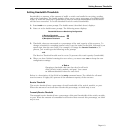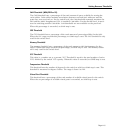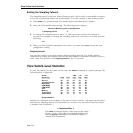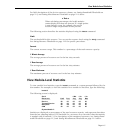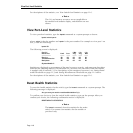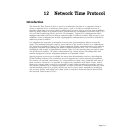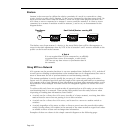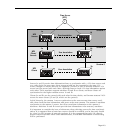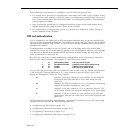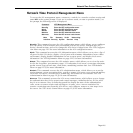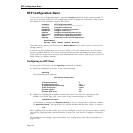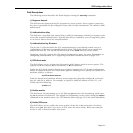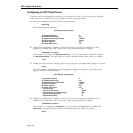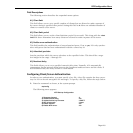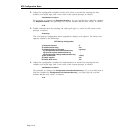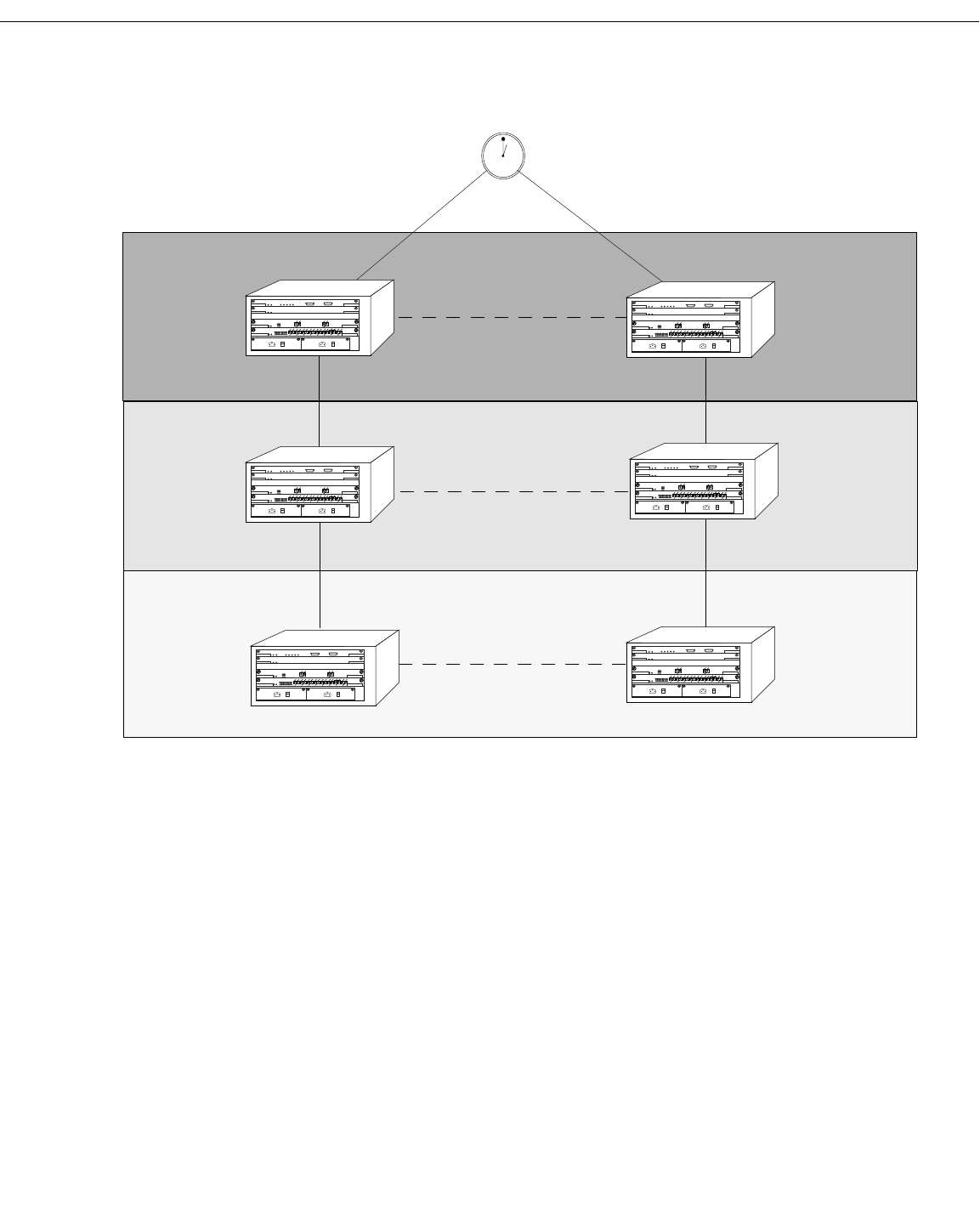
Page 12-3
Servers 1a and 1b receive time information from, or synchronize with, a UTC time source such
as a radio clock. (In most cases, these servers would not be connected to the same UTC
source, though it is shown this way for simplicity.) Servers 1a and 1b become stratum 1 NTP
servers and are peered with each other, allowing them to check UTC time information against
each other. These machines support machines 2a and 2b as clients, and these clients are
synchronized to the higher stratum servers 1a and 1b.
Clients 2a and 2b are also peered with each other for time checks, and become stratum 2
NTP
servers for more clients (3a and 3b, which are also peered).
In this hierarchy, the stratum 1 servers synchronize to the most accurate time source avail-
able, then check the time information with peers at the same stratum. The stratum 2 machines
synchronize to the stratum 1 servers, but do not send time information to the stratum 1
machines. Machines 2a and 2b in turn provide time information to the stratum 3 machines.
It is important to consider the issue of robustness when selecting sources for time synchroni-
zation. It is suggested that at least three sources should be available, and at least one should
be “close” to you in terms of network topology. It is also suggested that each
NTP client is
peered with at least three other same stratum clients, so that time information crosschecking
will be performed.
Time Source
(UTC)
Stratum 1
Peer Association
Peer Association
Stratum 2
Client/
NTP
Peer Association
NTP
Clients
Stratum 3
1b
2a
2b
3a
3b
1a
Servers
NTP
Servers



